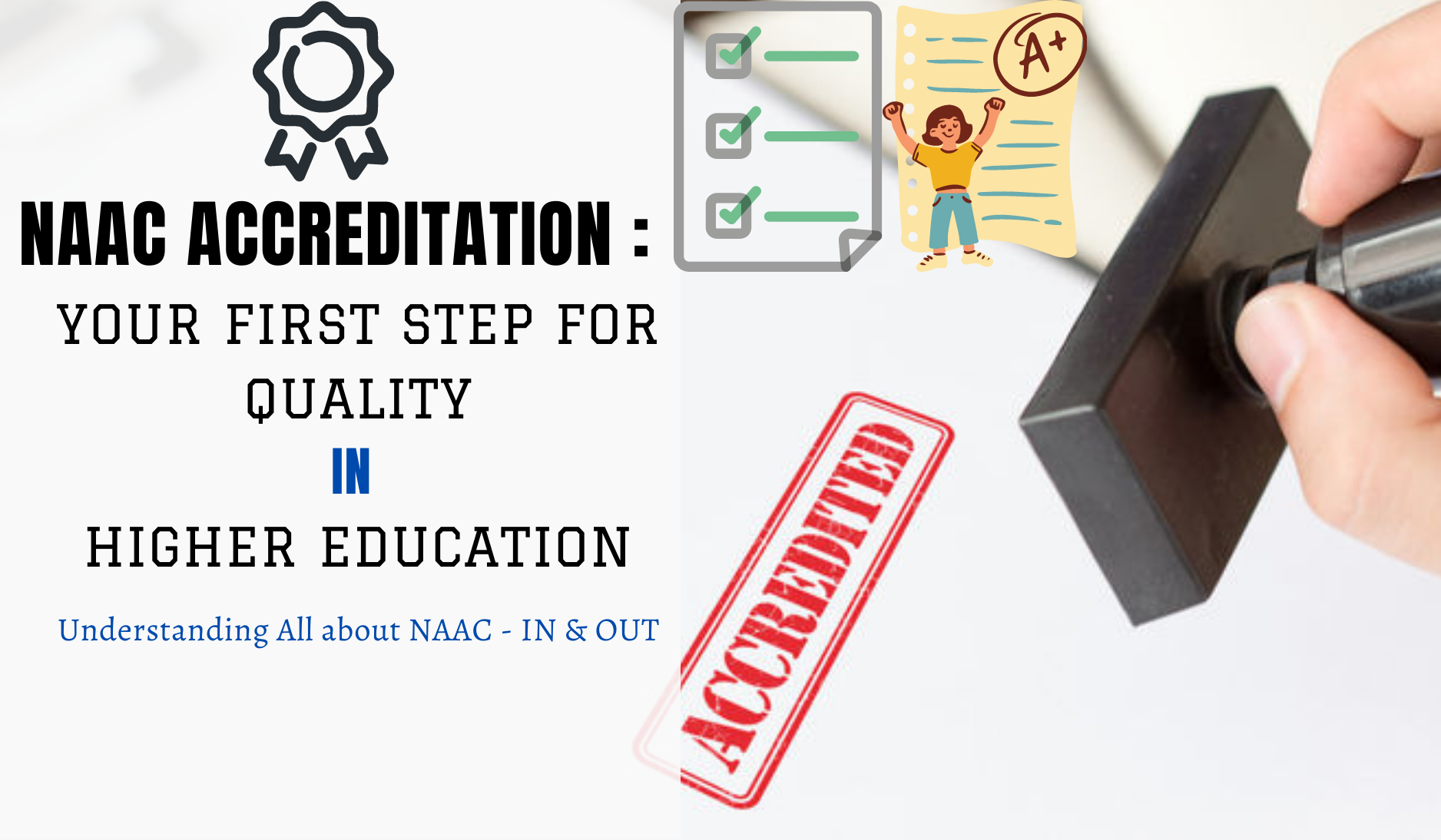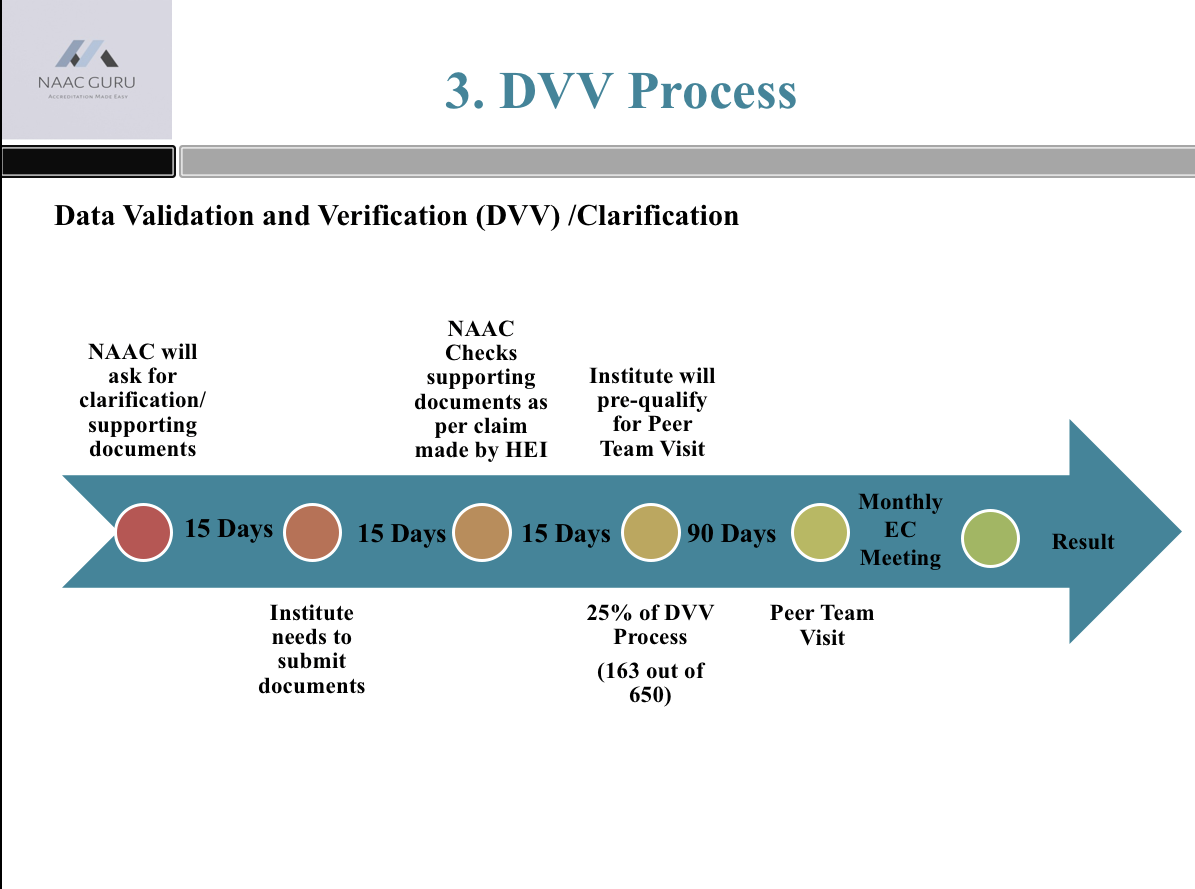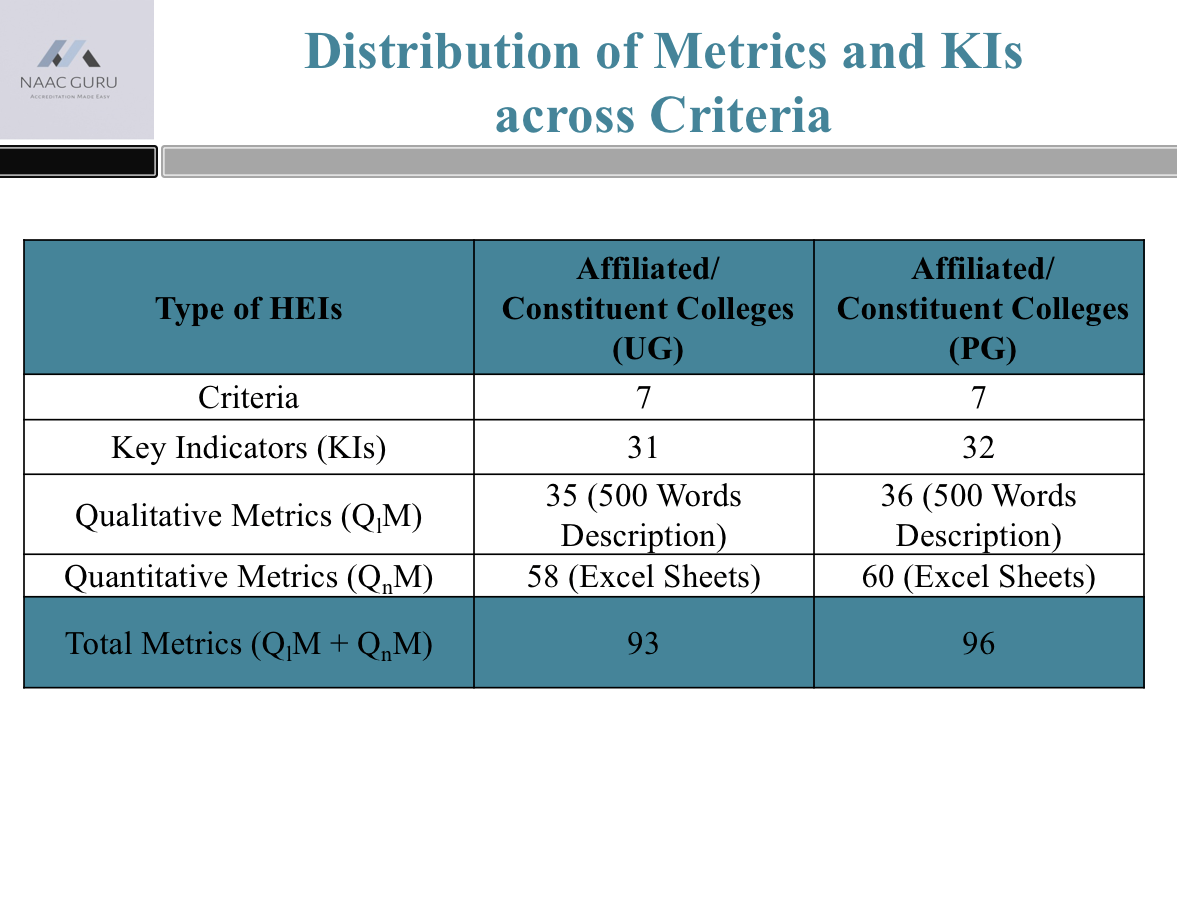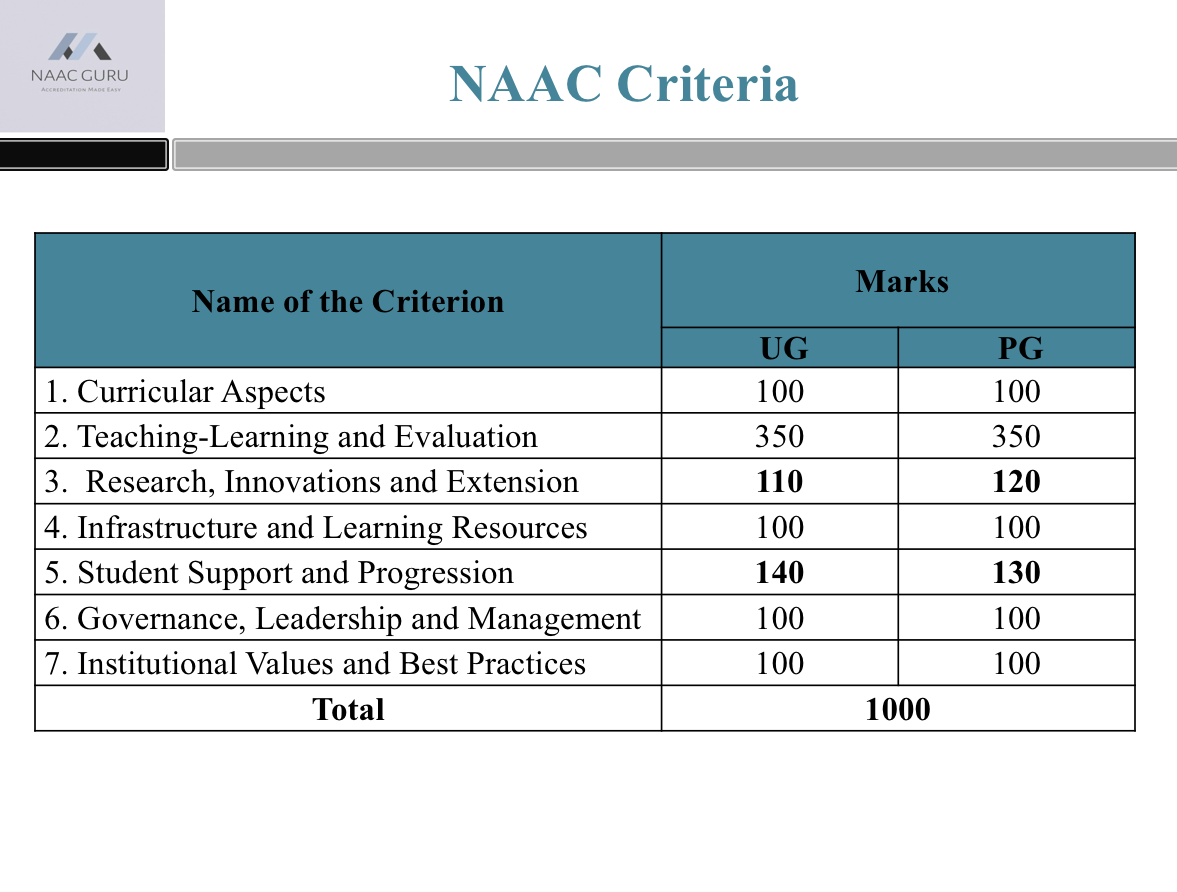The validity of the accreditation for colleges, which expired during the period of lockdown, has been extended from March 1 to December 31 2020.
The Academic Advisory Council (AAC) of the National Assessment and Accreditation Council (NAAC), an autonomous institution of the University Grants Commission (UGC), that met recently decided to extend the validity due to the pandemic.
Those colleges which had permission to submit the documents before March 2020 but could not submit due to lockdown, could now submit within three months after the commencement of the academic schedule in their respective states. However, they must intimate the same to NAAC, according to NAAC executive committee member Prof. Y.L. Srinivas.
After a detailed deliberation, the AAC also suggested that NAAC be considerate to colleges while defining the Academic Year for Assessment and Accreditation as sought by the colleges. The committee suggested that for the academic years 2019-2020 and 2020-2021, depending on the spread and intensity of the pandemic, the academic schedules will differ from State to State or university to university, and NAAC may relax the condition making flexible and open ended provisions for deciding the academic year.
Through this, institutions will be permitted to make the submissions as and when they complete the academic year. Further for those who have already submitted their applications, in view of the pandemic situation, it suggested that NAAC may consider extension of time for submitting the data, including the academic year 2019-2020 within three months from the government notification to resume the normal academic activities and completion of the conduct of examinations and other academic processes by the colleges.
 Why NAAC Accreditation is a serious deal? and how institutions need to take it seriously? are one of the biggest questions that need to be addressed correctly while starting off for NAAC Accreditation or NAAC Accreditation Process.
Why NAAC Accreditation is a serious deal? and how institutions need to take it seriously? are one of the biggest questions that need to be addressed correctly while starting off for NAAC Accreditation or NAAC Accreditation Process.




 Key Points :
Key Points :





















